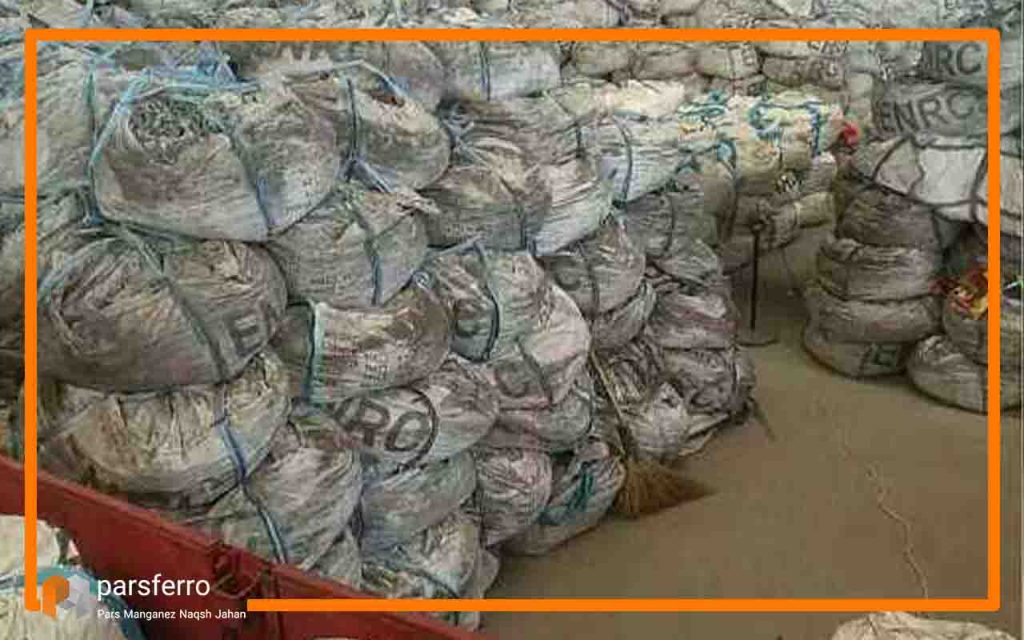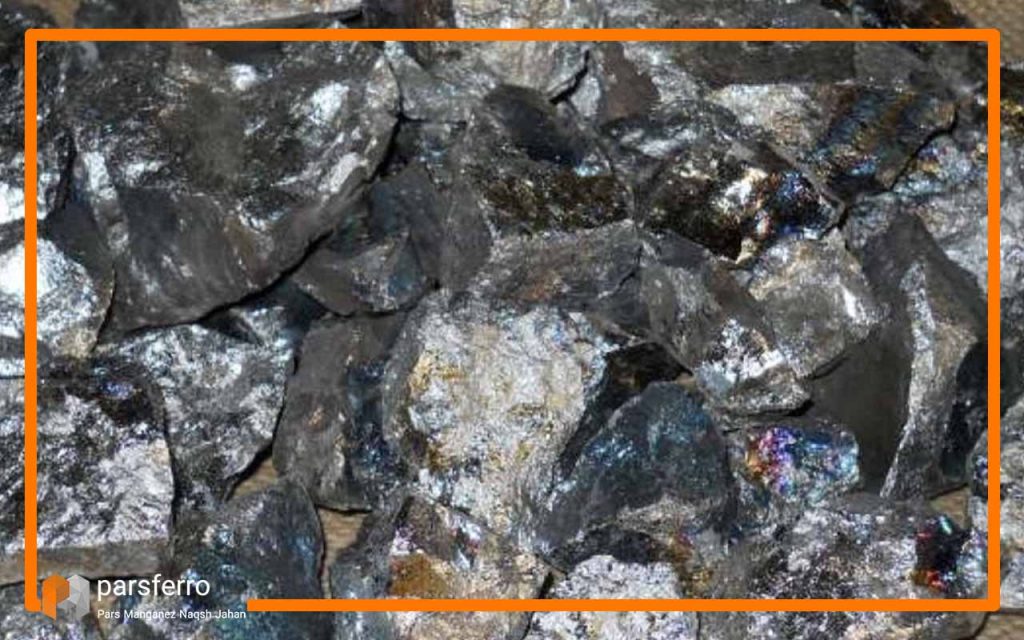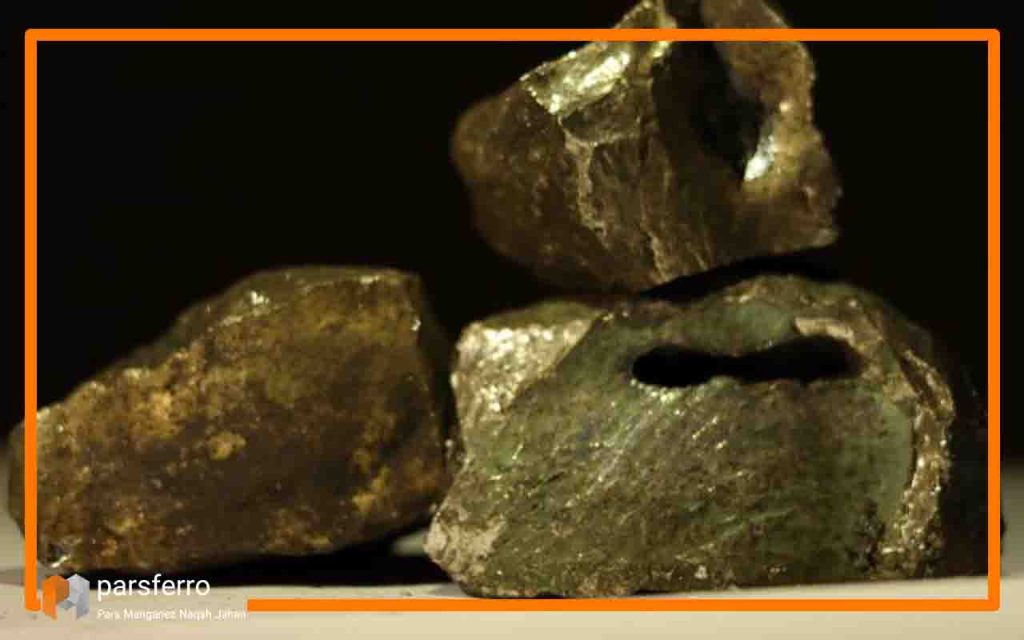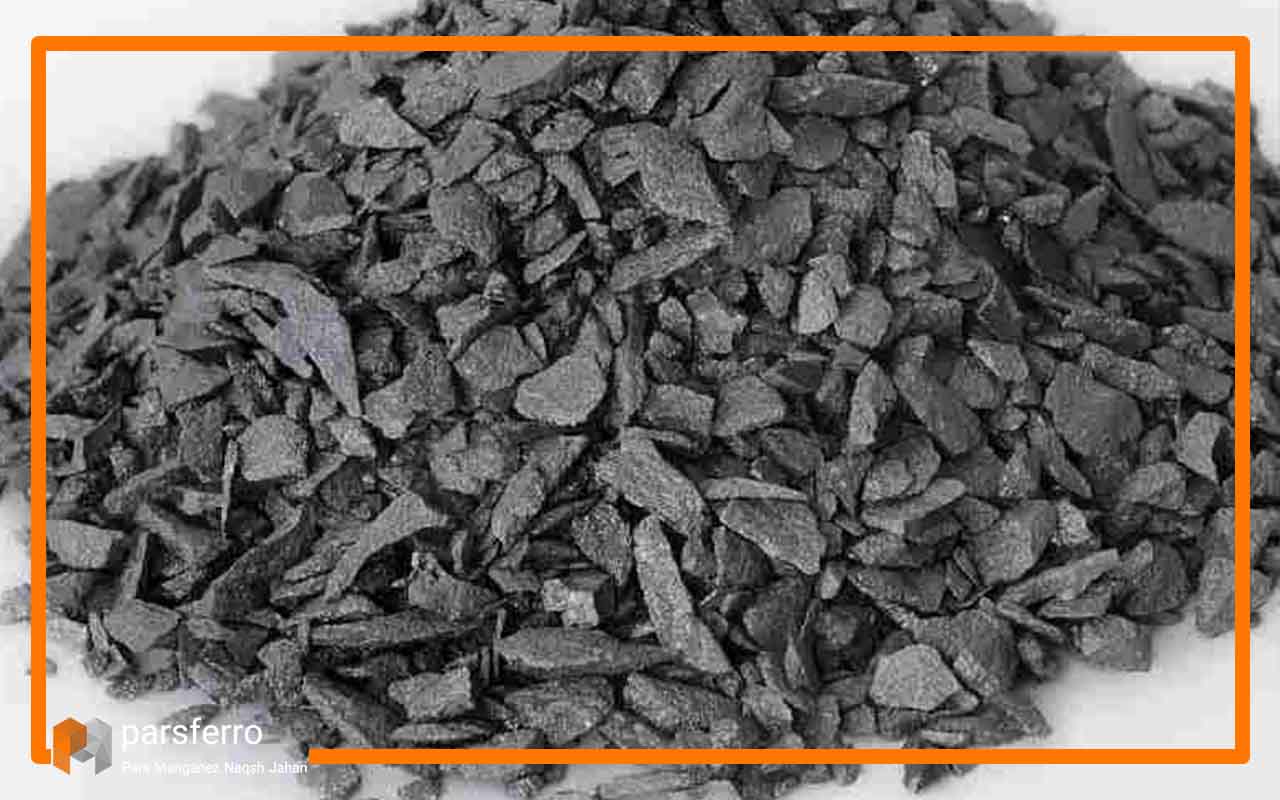Low carbon ferro manganese, often abbreviated as LC FeMn, is a crucial alloy in the steel production. This alloy is composed of manganese, iron, and carbon, with low carbon content compared to standard or high carbon ferro manganese. The distinctive feature of low carbon ferro manganese is its ability to impart desirable properties to steel, enhancing its strength, durability, and corrosion resistance. In this article, we will discuss low carbon ferro manganese specification, including its composition, manufacturing process, applications, and significance in the steel industry, etc.
Pars manganez Naqsh Jahan is a leading company in the production of ferroalloys, specializing in the manufacturing of key alloys crucial for the advancement and enhancement of the steel industry. Focused on the development of high-quality alloys, such as ferromanganese and ferro silicon. This company plays a key role in supplying the raw material for steel industry. Pars Manganez not only serves the domestic steel market but also contributes significantly to the global steel production by providing high-quality ferroalloys to steel manufacturers worldwide.
What is low carbon ferro manganese specification?
Let’s introduce you low carbon ferro manganese specification:
Composition
Low carbon ferro manganese typically contains manganese (Mn), iron (Fe), and carbon (C) as its primary constituents. The manganese content ranges from 70% to 80%, providing the alloy with its characteristic ability to deoxidize and desulfurize steel. The iron content(20-30%) contributes to the overall strength and structure of the alloy, while the carbon content is deliberately kept low, usually below 1%, to minimize the carbon input during steel production.
read more: low carbon ferro manganese chemical composition

Manufacturing Process
The production of low carbon ferro manganese involves a meticulous process that ensures the alloy’s desired properties. Manganese ore, iron ore, and coke are the primary raw materials used in the manufacturing process. The ores are subjected to a smelting process in a submerged arc furnace. During smelting, the carbon content is carefully controlled to achieve the low carbon specifications. The alloy is then refined to eliminate impurities, resulting in the production of high-quality low carbon ferro manganese.
read more: low carbon ferro manganese manufacturing process
Particle size
The particle size of low carbon ferro manganese is a critical specification that influences its effectiveness in steel production. Typically ranging from 10mm to 75mm, this ensures uniform distribution within the steel matrix, promoting effective utilization of the alloy’s properties. The controlled particle size contributes to consistent alloy integration during steel manufacturing processes, allowing for the reliable enhancement of steel properties, such as toughness and corrosion resistance. However, the size of low-carbon ferromanganese particles can vary according to customer needs.
read more: Low carbon ferro manganese powder
carbon Control important low carbon ferro manganese specification
in this important low carbon ferro manganese specification Stringent control measures are implemented to maintain low carbon content in low carbon ferro manganese. With carbon levels intentionally kept below 1%, this specification is crucial in preventing an undesirable increase in carbon during steel production. The precise control of carbon content ensures that the alloy effectively serves its purpose as a deoxidizing and desulfurizing agent, without compromising the desired low carbon characteristics of the resulting steel.

Sulfur and Phosphorus Content
Low sulfur and phosphorus content in low carbon ferro manganese are key specifications that contribute to the cleanliness of the alloy. Maintaining low levels of these elements is essential to prevent the formation of sulfide inclusions in steel, which could adversely impact its quality. The careful control of sulfur and phosphorus content underscores the alloy’s significance in producing clean, high-quality steel suitable for a wide range of applications.
Density
The density low carbon ferro manganese specification, varying between 6.7 g/cm³ to 7.3 g/cm³, is a crucial parameter influenced by the specific composition and production parameters. This variation in density reflects the alloy’s adaptability to meet diverse steel requirements. The controlled density ensures that the alloy integrates seamlessly into the steel matrix, contributing to the overall structural integrity and performance of the final steel product.
Low carbon ferromanganese application
Low carbon ferro manganese finds extensive applications in the steel industry, playing a key role in the production of high-quality steel. Some key applications include:
- Steel Deoxidation
Low carbon ferro manganese’s application in steel deoxidation is fundamental to the manufacturing process. Serving as a powerful deoxidizing agent, the alloy effectively removes oxygen from steel, preventing the formation of undesirable oxides. This application ensures the production of clean and high-quality steel suitable for various industrial applications.
- Desulfurization
The desulfurization property of low carbon ferro manganese is essential in enhancing steel quality. By facilitating the removal of sulfur from steel, the alloy prevents the formation of sulfide inclusions that could compromise the integrity of the steel. This application is crucial in meeting stringent quality standards for steel in diverse industries.

- Enhanced Toughness
Low carbon ferro manganese significantly contributes to the enhanced toughness and strength of steel. Its application results in steel that is well-suited for a wide range of structural and engineering purposes. This attribute makes the alloy a valuable component in the production of high-performance steel products across various industries.
- Corrosion Resistance
The ability of low carbon ferro manganese to improve the corrosion resistance of steel is a key application, extending the lifespan of steel products in various environments. This corrosion resistance makes the alloy particularly valuable for applications where exposure to harsh conditions is a concern, ensuring the longevity and reliability of the steel in service.
Conclusion
Understanding the low carbon ferro manganese specification provides a glimpse into the complexities of alloy design and manufacturing processes. As industries continue to demand materials with advanced performance properties, LCFeMn remains a reliable and critical component that helps evolve metallurgical practices and advance materials engineering.
In conclusion, low carbon ferro manganese stands as a critical alloy in the steel industry, distinguished by its specific composition, manufacturing process, and stringent specifications. With a manganese content ranging from 70% to 80%, controlled carbon levels below 1%, and essential elements such as iron, sulfur, and phosphorus carefully regulated, this alloy plays a key role in enhancing the strength, durability, and corrosion resistance of steel. The meticulous manufacturing process, involving smelting in submerged arc furnaces and precise particle size control, ensures the production of high-quality low carbon ferro manganese. Its diverse applications, including steel deoxidation, desulfurization, enhanced toughness, and corrosion resistance, underscore its versatility and importance in the production of high-performance steel for various industrial purposes.


No comment